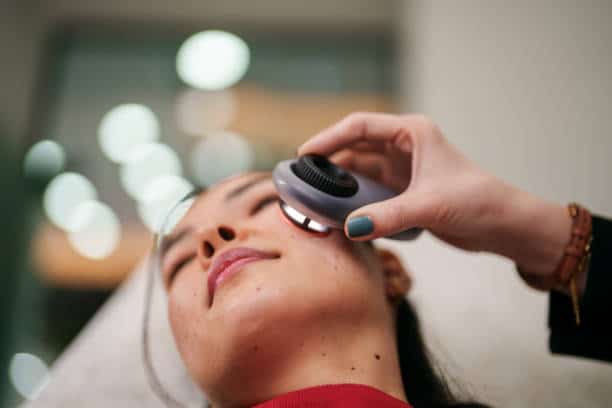We provide Skin Surveillance examinations for individuals at higher risk for skin cancer, including those with a personal history of skin cancer or a significant number of atypical moles.
Our physician-led surveillance program uses dermoscopy—a non-invasive diagnostic tool—to monitor and assess moles and skin lesions with greater accuracy and confidence.
Why Dermoscopy Matters
Numerous studies have shown that dermoscopy significantly improves the accuracy of skin cancer diagnosis and enhances clinical decision-making, leading to better patient outcomes. Compared to examination with the naked eye, dermoscopy offers:
- Improved diagnostic accuracy for melanoma and non-melanoma skin cancers
- Enhanced sensitivity and specificity, reducing both false negatives and false positives
- Earlier detection of thinner, smaller, and more treatable melanomas
- More precise selection of lesions requiring biopsy or excision, helping reduce unnecessary procedures
- Insight into histologic features, supporting informed treatment decisions
- Broader applications, including diagnosis and monitoring of various non-melanocytic skin conditions
It’s important to note that the effectiveness of dermoscopy relies on training and expertise. At our clinic, dermoscopy assessments are performed by experienced physicians.
Who It’s For
- Patients with a previous diagnosis of skin cancer (basal cell carcinoma, squamous cell carcinoma, or melanoma)
- Individuals with atypical/dysplastic nevi or over 50 nevi
- Those with a strong family history of melanoma or other skin cancers
- Patients with significant sun damage or immunosuppression
What to Expect:
- Comprehensive skin assessments using dermoscopy
- Baseline photography and lesion tracking when indicated
- Physician-guided evaluation and clinical recommendations
- Education on self-monitoring and sun protection
Referral Required
Skin Surveillance is an MSP-covered service for eligible patients. A referral from your primary care provider is required for entry into the program. Once received, we will schedule your initial consultation and assessment. For those that are deemed to require ongoing skin surveillance, follow up appointments will be arranged at appropriate intervals.
Our goal is to support early detection and proactive care in a professional, compassionate setting. If you or your provider are concerned about your risk, we’re here to help you stay one step ahead.

